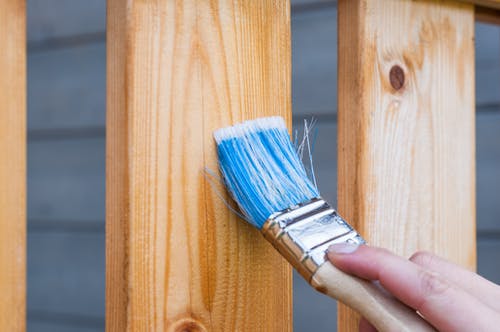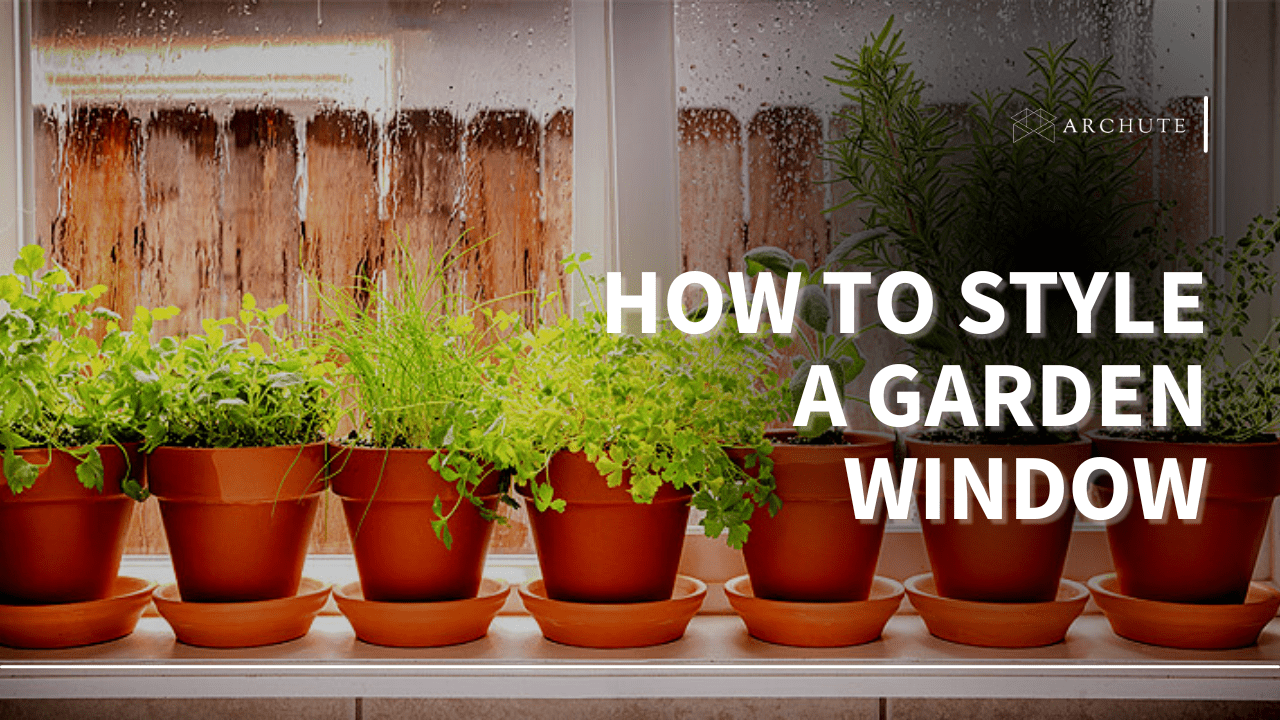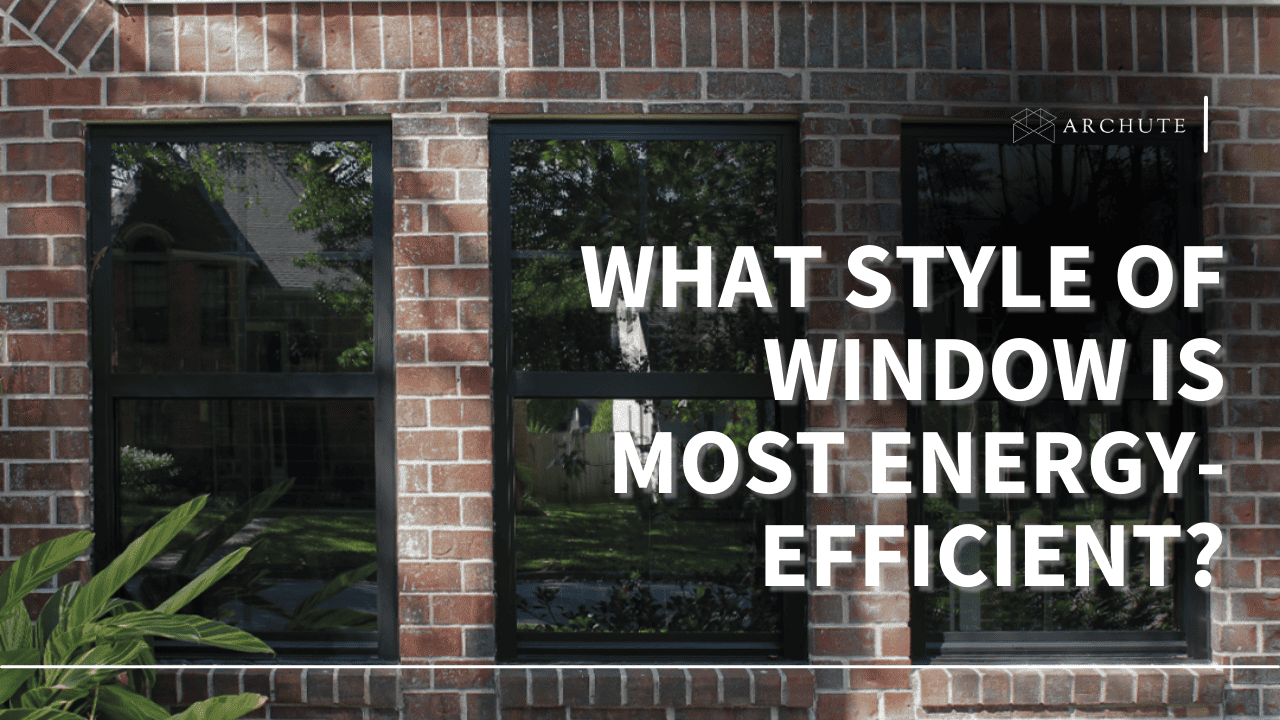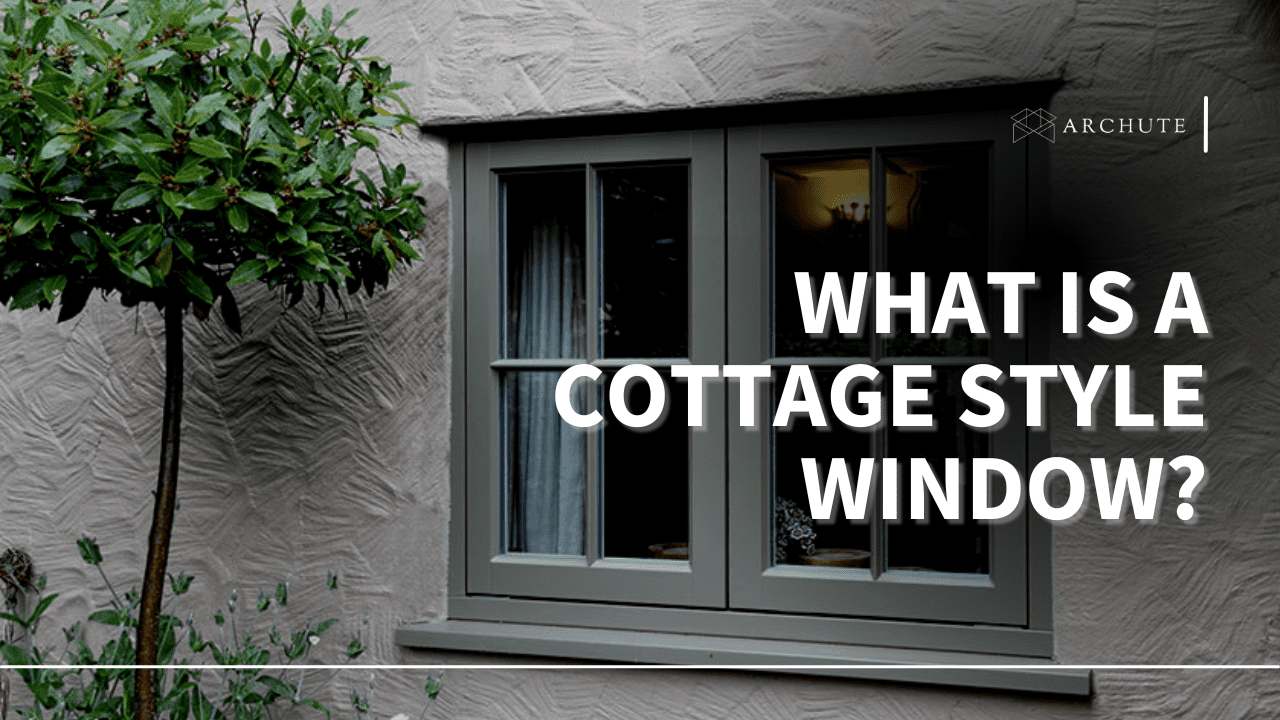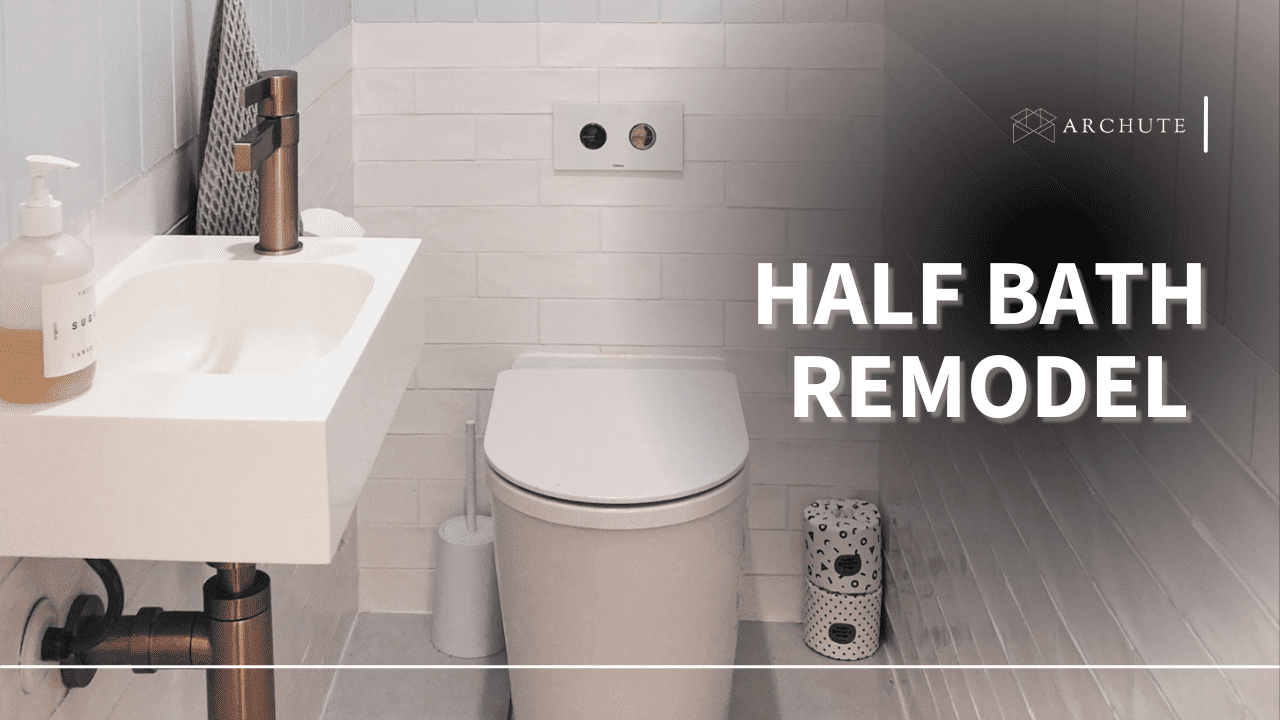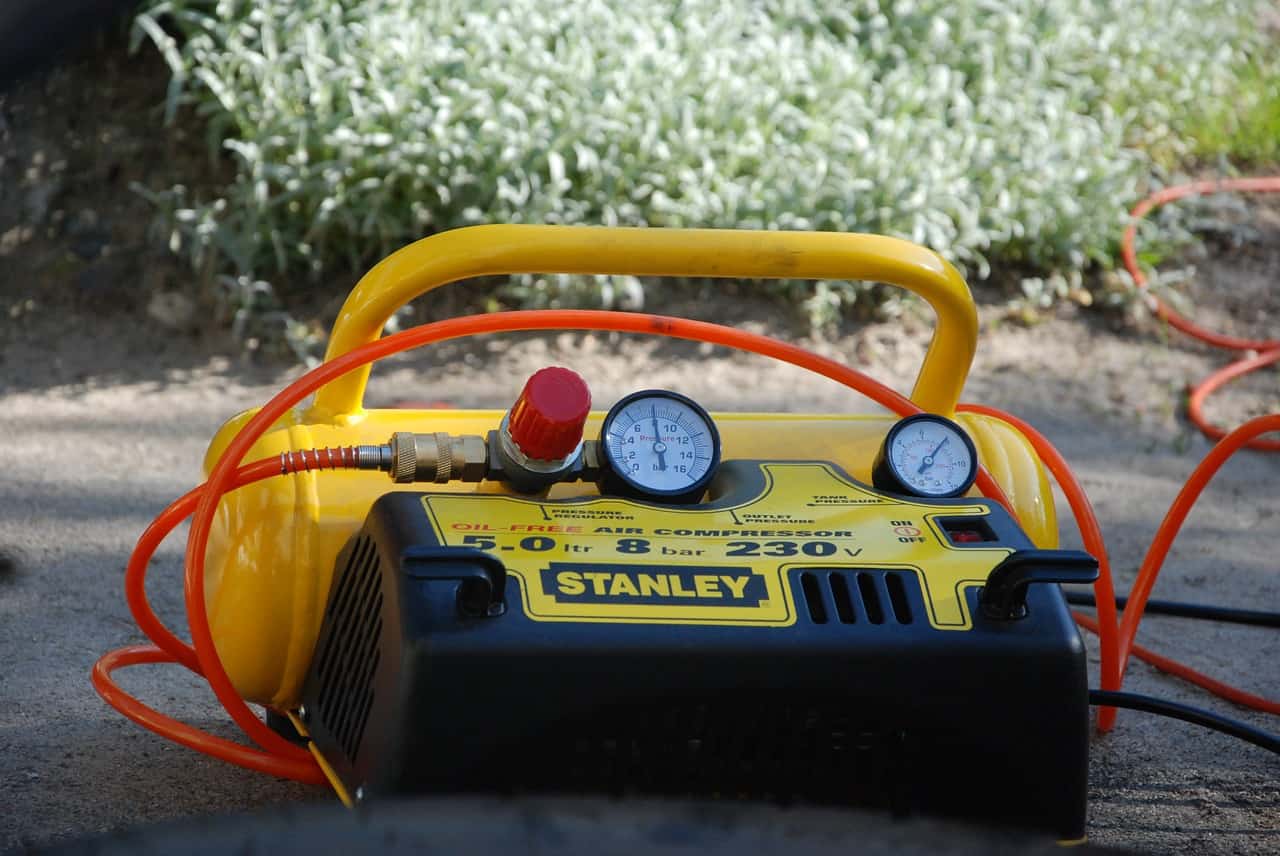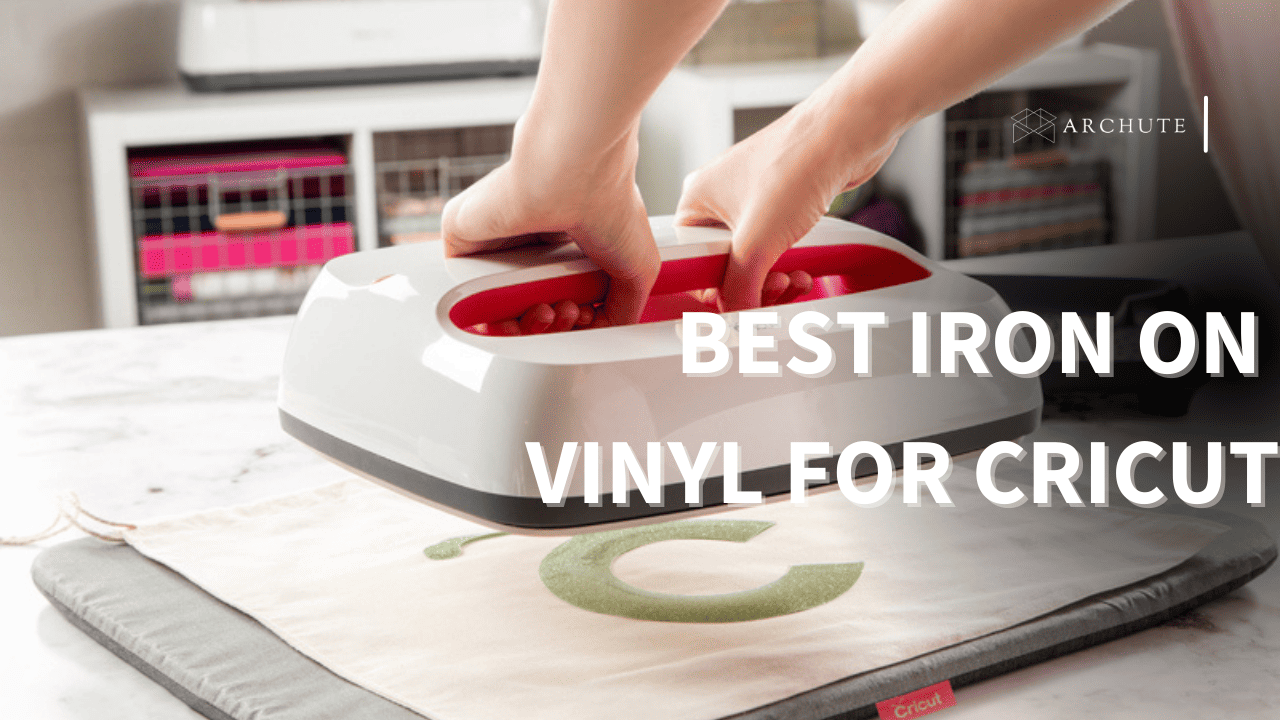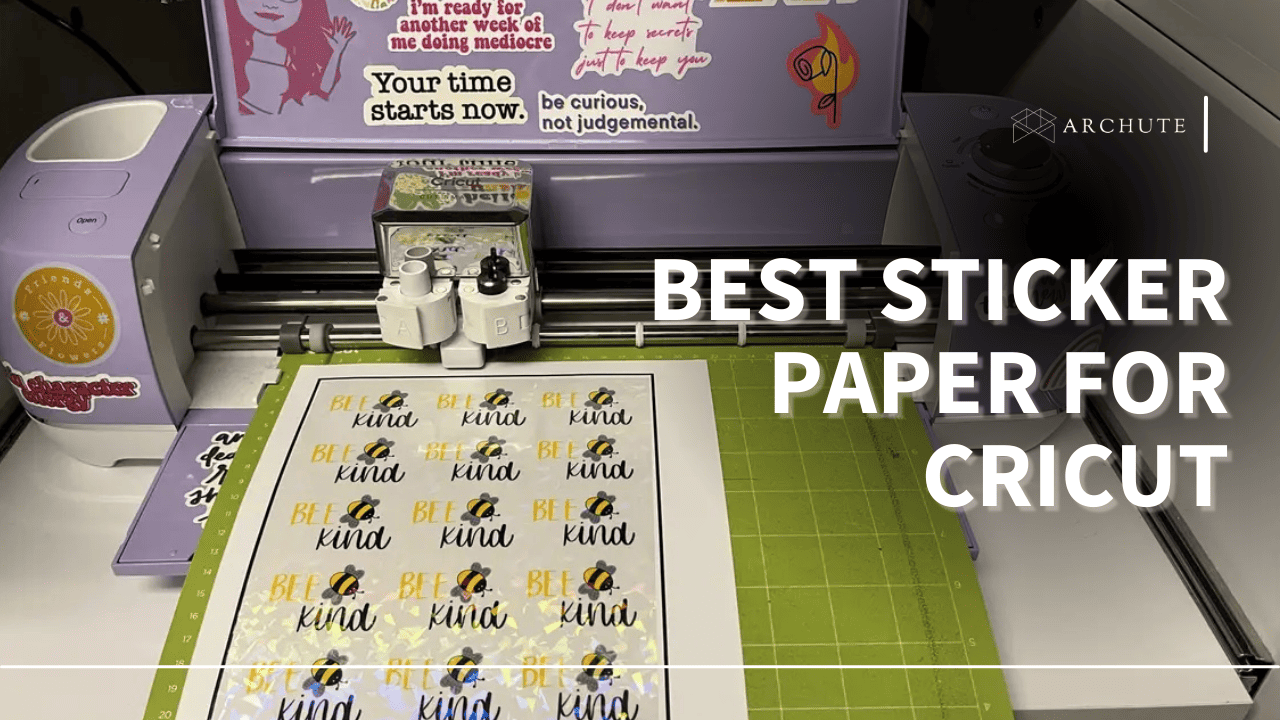It is not mandatory to stain wood, though; if you want to protect and add color to your wood projects, it would be an excellent idea. Using types of wood stain on a wood surface will be advantageous because it will prevent the wood from swelling or getting dull due to exposure to moisture and heat.
Additionally, the staining wooden surfaces will enhance the appearance of the wood and will give an aesthetic angle to the wood as well. Notably, the wood stains contain chemicals that can be dangerous and unsafe; hence it is advisable to take safety precautions like wearing lightweight gloves and protective glasses.
What Is Wood Stain?
A wood stain is a liquid, powder, or gel product mainly used to protect and color wooden surfaces. The wood stains come in a broad variety of types, and you can find water, polyurethane, or oil stain depending on the type you prefer.
When you want to get a stain, you will have to check if you are working on an interior or exterior project because the stains are designed with the two variations in mind. To help you understand the wood stain better, we have discussed the types of wood stain available and their different characteristics.
1. Oil-based Wood Stain
Oil-based wood stains are the most popular wood stain are formulate with linseed oil with a varnish that makes them super durable and will penetrate through the wood. The linseed oil is non-toxic and all-natural and is the best for preserving wood paint.
The oil-based stains are formulated with mineral spirits or Aliphatic hydrocarbon, which is a solvent petroleum distillate. In addition, some oil-based stains brands have thickening agents that will help control penetration of the stain. When selecting oil-based stains, you must check the ingredients and get a stain compatible with the type of wood you are using.
The advantage of using an oil-based stain is that stain dries off pretty first and will only take two to three hours for one coat to dry off. Note that you should wait for nine to ten hours before applying a wood finish, and you should dry it a room temperature. You can use this oil stain with mineral spirits on Pale/Pine, then apply a pre- wood conditioner, and they will give them an oak color and rich color.
2. Water-Based Stain
The water-based wood stain usually uses water instead of organic thinners. The stains contain water-based stains that pass on color to the wood. The water-based stain is formulated from powdered chemical dyes from coal and tar.
Water-based stains are very environmentally friendly and contain less polluted particles. Water-based stains do not produce any volatile organic compounds. These water-based stains high-quality pigments that enhance the grain of the wood. To apply the water-based stain, you will need to clean up the wooden surface you are working on, then smoothen it using sandpaper and then apply the first coat.
The advantage of this stain water-soluble stain is that the stain dries very quickly. They will also offer great wood protection seeing that they do not penetrate deeply into the wood. However, it is important to understand that applying the water-soluble stain dyes can be time-consuming. You can use the water-based stain on hard to work on wood surfaces like while using birch, pine, or oak.
4. Lacquer stain
Professional woodchoppers commonly use Lacquer stains because they are easy to apply and they dry out fast. They are formulated with xylene and ketones, which allow them to dry faster. The xylene and ketones are then mixed with a lacquer to form a pigmented lacquer.
The stains will take 15 minutes to get dry; however, ketones and xylene have a strong odor caused by the fast drying and vaporization of the solvent. These thinners will penetrate through the woods and do not need more than two coats.
The downside of this stain is that staining may cause bubbles on the wood surface you are working on. Nevertheless, you could minimize the bubbles by drying the stain in room temperature conditions or by thinning it with a thinner. Additionally, it would be best to wear protective and safety gear like safety masks while you apply the stain. Finally, a latex stain will be an excellent option for staining wooden floors.
4. Gel Stain
Gel types of wood stain have been in the market for a while now. They are normally oil-based or varnish-based but with high viscosity and with thick coloration or pigments. The gel stain can be messy but will create a splotch-free coat which makes it a time-consuming option.
The Gel stains have limited and poor penetrating capability because of their thixotropic nature or high viscosity. The good thing is that this type of stain will work great for permeable and non-permeable timber.
When applying the gel stains, you should make sure that you do your project in a well-ventilated space and wear protective gear like gloves. In addition, you can test the stain on a small surface area for sampling.
5. Metalized Dye Stain
Metalized dye stains are considered the best stains for bare woods and are known as wood grain raising. They are dissolved in evaporating solvents and will give you a good depth of color. They are formulated with glycol that is blended with ethanol and methanol.
The best part is that this type of stain is ready to use and is available in concentration form. You can easily thin the stains with alcohol, lacquer thinners, or even water. To apply the metalized dye stain or the metal complex, you can use a sprayer.
Additionally, you can add a retarder or a solvent to the stain to lower the fast during the quality of the stain. You could also use a damp cloth to even out the stain
6. Varnish Stain
Varnish wood stain is an oil-based stain, but the binder is like a polyurethane varnish. This type of wood stain will give you a consistent texture and color on your furniture. The advantage is that you can use petroleum distillates as a thinner.
The advantage of the varnish stain you do not need another coat because one layer will provide enough coating. This one layer will provide enough and sufficient protection on any interior wood or furniture. This oil stain contains a varnish as a binder or a polyurethane varnish which is a synthetic resin. The good part is that polyurethane is heat repellant or resistant, and it can resist chemical and acid spills.
While staining wood, the stains will dry out hard, which will make the piece of wood of the furniture easy to maintain and durable. The disadvantage of the varnish wood stain is that it will require more coats.
When staining, you could use a brush or a roller to apply and always apply according to the direction of the furniture or wood grain. Additionally, it is important to note that the varnish stains are designed for small projects and are already stained.
7. Water-Soluble Dye Stain
Water-Soluble Dye Stain is available in powder form, which makes it super easy to distinguish them. They were the most used stains before the metal complex dye came into the market. You can stain your interior wood, wooden furniture, and floors by simply mixing it with water; one quart of water is mixed with one ounce of the powder.
If you need more stain color, you can use more powder. It is important to note that you should use distilled water because the residue from the regular water can affect the color of the stain. The water-soluble dye will not conceal the wood even if you add another coat. Additionally, the water-soluble dye stain does not have any binder, and you can make it dark or light easily after your wood surface is stained.
The downside is that the stains will fade off with time. Something else you should not is that the water-soluble stain will work best in hot water.
Qualities of Wood Stains
Wood stain is formulated to add color to a plank of timber while at the same time leaving the substrate still visible. With the many types of wood stains available in the market today, there is also a range of distinctive properties and qualities that come with the stains, as we have discussed below.
1. Transparent
Most people, especially those working with hardwood projects, love using transparent wood stains because the transparent wood stain will show the whole natural wood grain. Additionally, these transparent timber stains can be applied with other wood stains to stain a durable surface coat and shine.
2. Semi-Solid
Semi-solid wood stains will not show all the wooden grain since they are opaque. Instead, they provide a rich color that will hide some part of the timber texture while at the same time showing the perfect side of the wood. Semi-solid is available exclusively in Olympic, Summit, and Triumph. Additionally, they are available in 14 different colors, including Walnut, Golden Oak, and Fruitwood.
3. Solid
Solid stains are more like paint, but a little lighter and will not completely show the wood’s texture. The disadvantage of solid stains is that they break down and peel as they grow old.
4. Natural Dye or Pigment
Natural dyes are sourced from different natural and organic compounds and are available in many different colors like Walnut, Golden Oak, and Fruitwood. They are mostly obtained from plants, animals, and minerals.
5. Synthetic Dyes or Pigment
Synthetic pigments are color additives that contain different liquid, powder, paste, and gel stain forms. The great advantage is that these stains are easy to apply.
Frequently Asked Questions on Types of Wood Stain
1. How long does it take for the wood stain to dry?
Most types of wood stains will take 24 to 48 hours to dry off. However, the type of wood and type of stain will dry off differently. For instance, a coat of Olympic Smartguard or any other sealant will take a shorter time to dry out. The major thing to note is that metal complex and lacquer stains tend to dry out pretty faster than oil-based stains or water-soluble dye stains.
2. How many different types of wood stain are there?
There are seven types of stains, and the term stain is used to identify a color additive applied to change the wood’s color. The stains come with different application methods, which make the kinds of stains different. Viz. Direct, indirect, differential and selective stains are the four application methods in the differences.
3. Does wood stain come in different colors?
Yes, wood stains are available in different colors, including dark and light Walnut, Golden Oak, and Fruitwood, and you have a wide variety to choose from. In addition, you can choose from the green deck, grey gazebo, and blue shed. Although, you have to keep in mind that different types of wood stain colors will look different in different woods; so it would be best if you tried out the stain on a small area of the wood to see how it will look on your project.
4. Do you have to remove the old stains before restaining?
If you want to apply a darker stain, you will not have to remove the old stain. However, you might need to remove anything that might prevent or block the wood from absorbing the new stain you are applying, like varnish or lacquer stain.
5. Can you stain wood in 2 different colors?
Yes, you can stain a block of wood in two different colors. All you have to do is stain the first color and let the stain dry completely so that the second color will not damage the first coat. Then, you will apply using the same process and be sure to follow the manufacturer’s directions.

